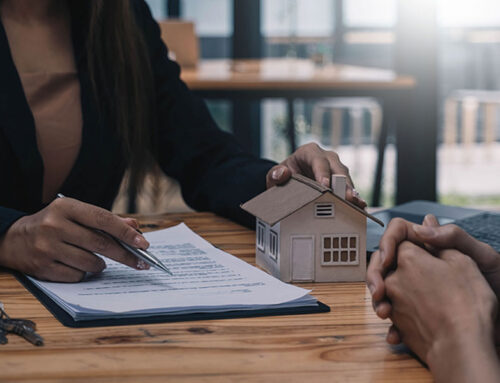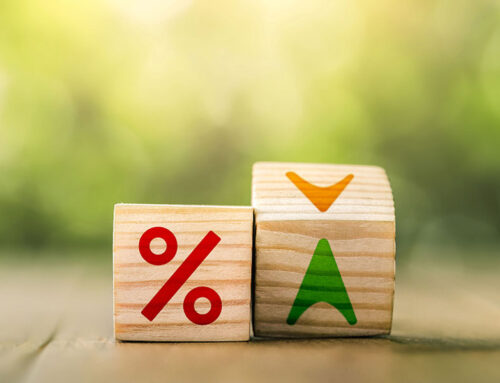One of my friends was talking to me about a house for sale in his neighborhood, and if I might be interested in buying it for my business. I asked him what he thought it was worth, and he responded, reasonably, that “After repairs, it would be worth like, $300,000, maybe $350,000.”
Now, my neighbor isn’t a professional at this, so to him, that seemed like a reasonable range. It was a conversational range—this house is worth this much, give or take $50,000. But to a professional real estate investor, that is a nightmare. 50,000, or heck even a few thousand dollars difference between what you expect and what you get could be a business-wrecking disaster.
That’s why you need to know the best ways of valuing a property. Sure, there is a lot of gut work in this industry. But, you don’t want to take risks based on guesswork or adrenaline. You don’t want long-term planning that revolves around hunches.
There’s a place for that, of course, but it has to be calculated. You have to know how much you are going to spend buying and fixing a house, and how much money you can make when you sell or rent it. It’s a vital part of your real estate investing business plan.
Some of The Best Ways of Valuing an Investment Property
There are a lot of ways to value a property, depending on what you intend to do with it. It will depend on the level of work you’re going to put in it, if you intend to sell or rent it, and the overall market. Here’s a few ways to think about it.
It’s very important to remember that the value has to come after the costs of repairs. If you think you can sell a house for $40,000 more than you bought it, that’s not the valuation. If you sink $39,000 into it, that’s a $10,000 profit. Depending on your model, that might be fine or it might be nothing. But thinking that your profit will be more than it turns out is a great way to get in trouble.
Sales Comparison
This is one of the most popular ways to value a property, probably because it is the most simple. At its essence, doing a sales comparison—or comp—is just taking a look at how much similar homes have sold for recently and assuming you’ll be able to sell somewhere in that ballpark.
In practice, of course, this is more complicated than “Blue houses sell for a lot!” You’ll be looking at similar size, number of rooms, yard space, age of home, and more. Similar homes with similar situations can sell for similar amounts.
But, make sure you look at other factors as well. Identical houses in different school districts, for instance, will sell for different prices. And, of course, a house just might not be fashionable in a certain time and place, regardless of comps. Generally speaking, though, this is a decent way to get a rough estimate of the price-point ceilings and floors.
Rental Capitalization Rate
Depending on your market, the capitalization rate, or ‘cap rate.’ should generally be anywhere between 4% and 10%. Here’s how you figure it.
Let’s say your house is worth $100,000, and so you charge $1000 a month to rent. That’s $12,000 a year. Subtract from that the mortgage (if applicable) and your operating costs. That’s your net operating income. Divide the NOI by the purchase price and you get the cap rate, or the amount of money coming in per dollar invested.
What you consider a good cap rate will vary according to local job and housing market trends as well as demand. But, the best way to ensure good margins is to buy a below-market property.
Capital Asset Pricing Method
This is an interesting one. Basically, the CAP method asks you to take your potential ROI on a home and compare it to investments that have very low risks, like government Treasury Bonds. If the profit you might make from buying, rehabbing, and selling a property is less than with a risk-free investment, you shouldn’t be doing it.
Now, I hear what you’re saying: the estimate isn’t always right. And that’s true. This is a sort of bloodless way of valuing a property and investment source. It also doesn’t take into account the amount of work you can do—or your passion.
All of these will get you a number to work with, but will mean nothing if you haven’t first calculated the costs to rehab the property. This is a hugely important way of determining your success. It’s one thing to say “this is a real fixer-upper”; it is another altogether to put a number on it. But you have to have an estimate to know if the home is worth buying.
That means:
- Identifying which repairs you will need to do
- Deciding which upgrades you want to do to fit the market (master bathroom, in-law suite, new kitchen)
- Calculating the local cost of materials and contractors
Underestimating these costs is the worst thing you could do. You pour money, and your time into it, and then can’t recoup your costs. It can sink your business. Unfortunately, I’ve seen too many new real estate investors who’ve done just that. But, there is a way to mitigate that risk.
The Best Way To Value Your Investment Property
One of the most gratifying things to me about becoming an independently owned and operated HomeVestors® franchisee is access to some of the best real estate investing tools. One of those is ValueChekTM, the proprietary valuation software.
All you have to do is plug in information about the property you’re considering, like the size of the house, number of beds and baths, needed repair work, and comps. From there, you get a localized estimate of the after repair value, minus repairs and anything else you’ll be spending. And boom: there’s your valuation. This is a near-instant way to help you decide if buying a property a good move, or a risk without much chance of reward.
If you’re interested in having access to ValueChekTM, request information today. You’ll get the tools you need to make smarter choices.
Each franchise office is independently owned and operated.
Contact
"*" indicates required fields






